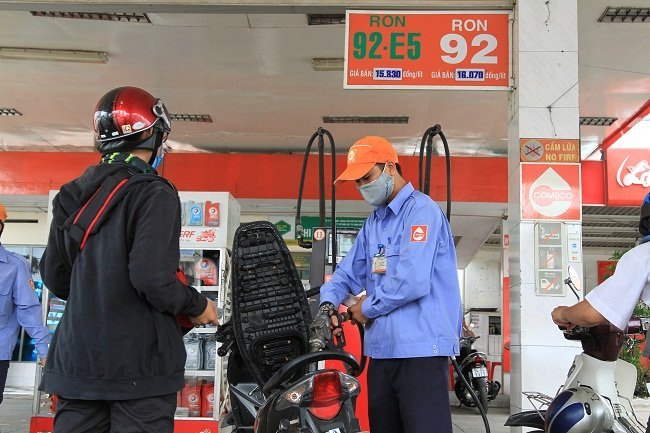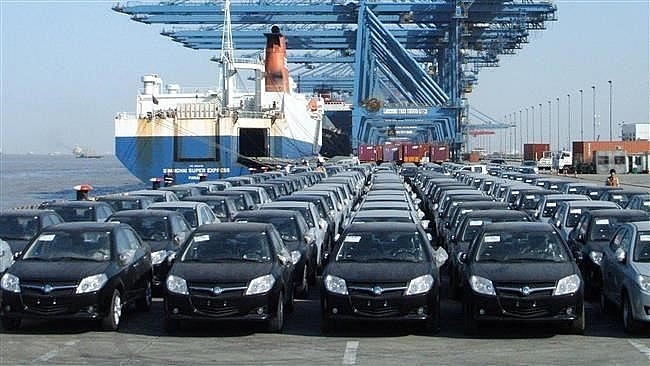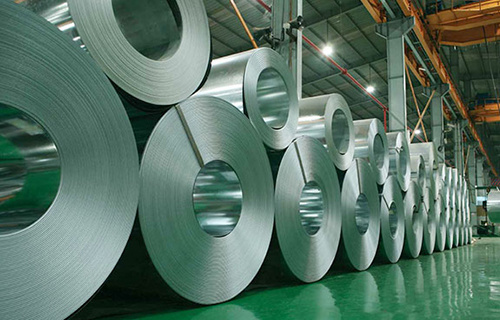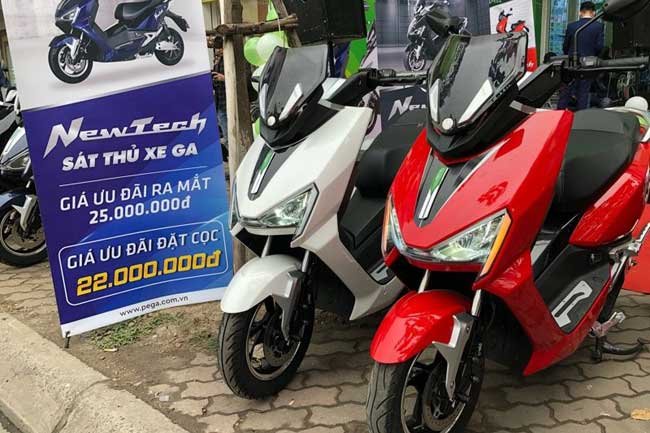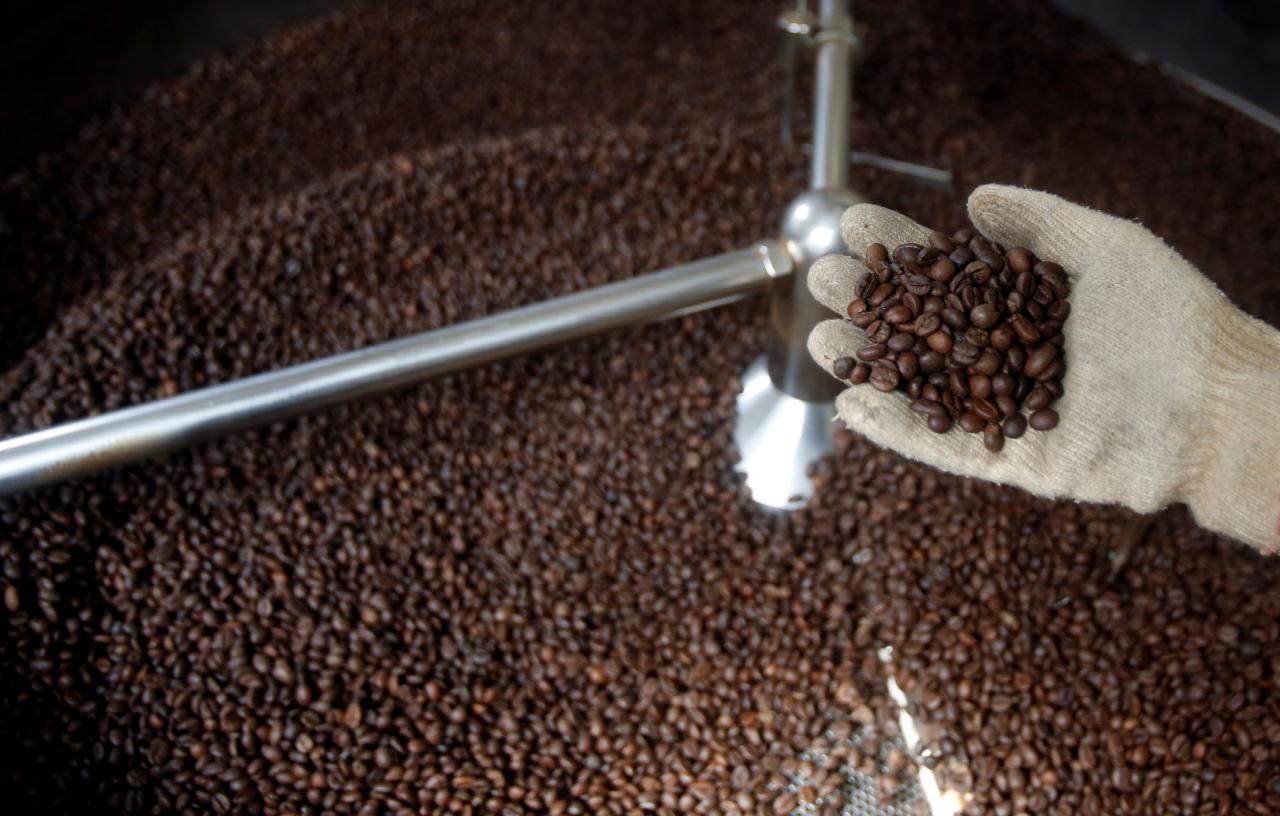Auto prices still high despite zero import tariffs
Auto prices still high despite zero import tariffs
The prices of automobiles remained high in spite of the import duty on completely-built-up (CBU) cars imported from ASEAN markets falling to zero from 30% in 2017. Customers did not benefit from the reduction, and even paid a high price for CBU automobiles with fewer than nine seats last year.
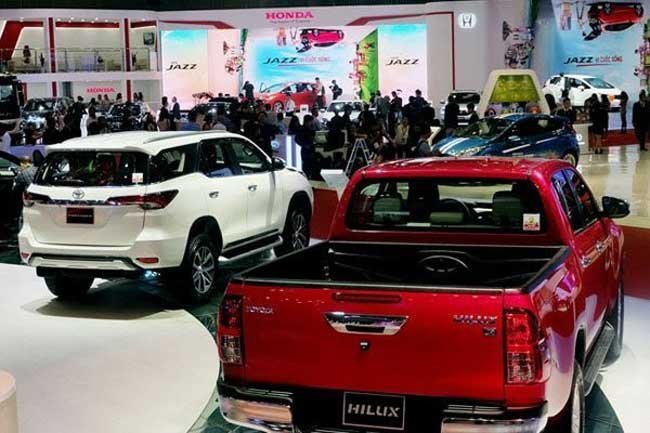
Data from the General Department of Vietnam Customs shows that the country imported 54,000 passenger cars in 2018, rising by some 3,400 units against the figure seen in 2017.
Of the 54,000 passenger vehicles, some 48,000 shipped to the country from ASEAN markets, mainly Thailand and Indonesia, were subject to a zero import tariff, in line with the ASEAN Trade in Goods Agreement, which took effect on January 1, 2018. The number of CBU vehicles entitled to the tax reduction accounted for nearly 89% of the total imported CBU cars with fewer than nine seats last year.
Since the beginning of 2018, customers have expected to buy automobiles at a competitive price due to the sharp drop in import tax. Further, industry insiders predicted the price of vehicles imported from ASEAN markets would fall sharply.
In addition, cars with an engine capacity below 2,000cc, the most sought after, also enjoyed a 5% reduction in special consumption tax. However, the prices of the imported CBU and domestically assembled cars have been surging, falling far short of expectations and disappointing customers.
The reason for car prices not slumping as predicted is that Decree 116 has laid down rigorous quality, technical safety and environmental protection requirements for imported CBU cars. Many regulations in the Government’s Decree 116 on automobile manufacture, assembly, import, maintenance and warranty services and the transport ministry’s Circular 3/2018, guiding the execution of the decree, made automobile imports go into a tailspin last year.
Some automobile firms explained that as the consumption of vehicles declined in 2017, they incentivized customers to purchase more cars by lowering prices to an unprofitable level. As such, in 2018, when the automobile import tariffs fell to zero, the firms could not continue cutting prices any longer.
In addition to the spike in port and transportation fees and the difference in exchange rates, the charge for checking imported vehicles also affected the prices of cars on the local market, according to several automobile enterprises.







